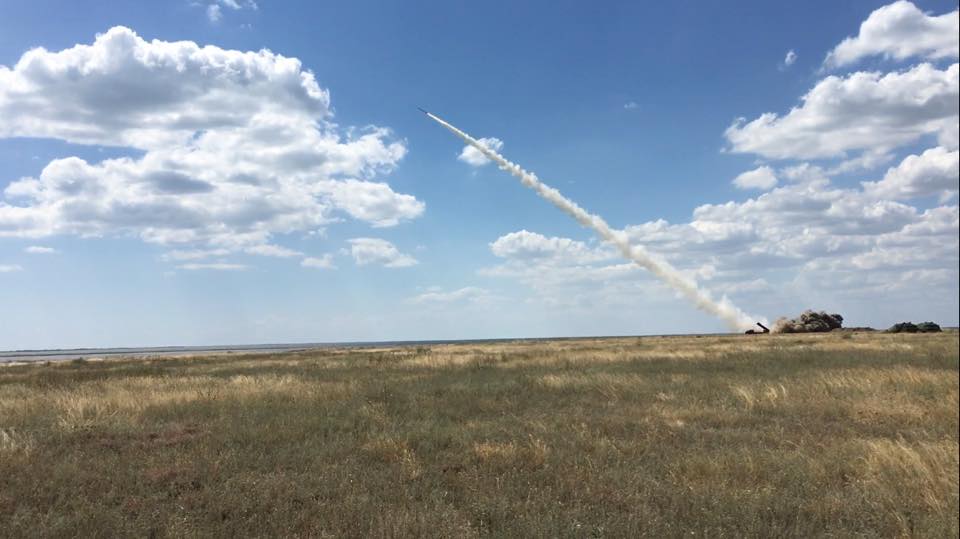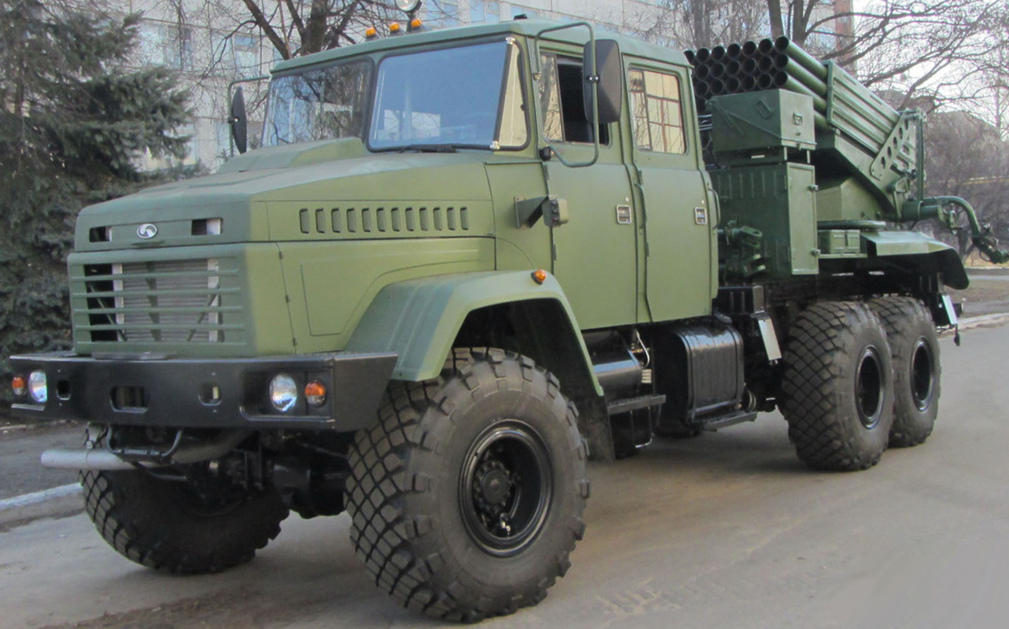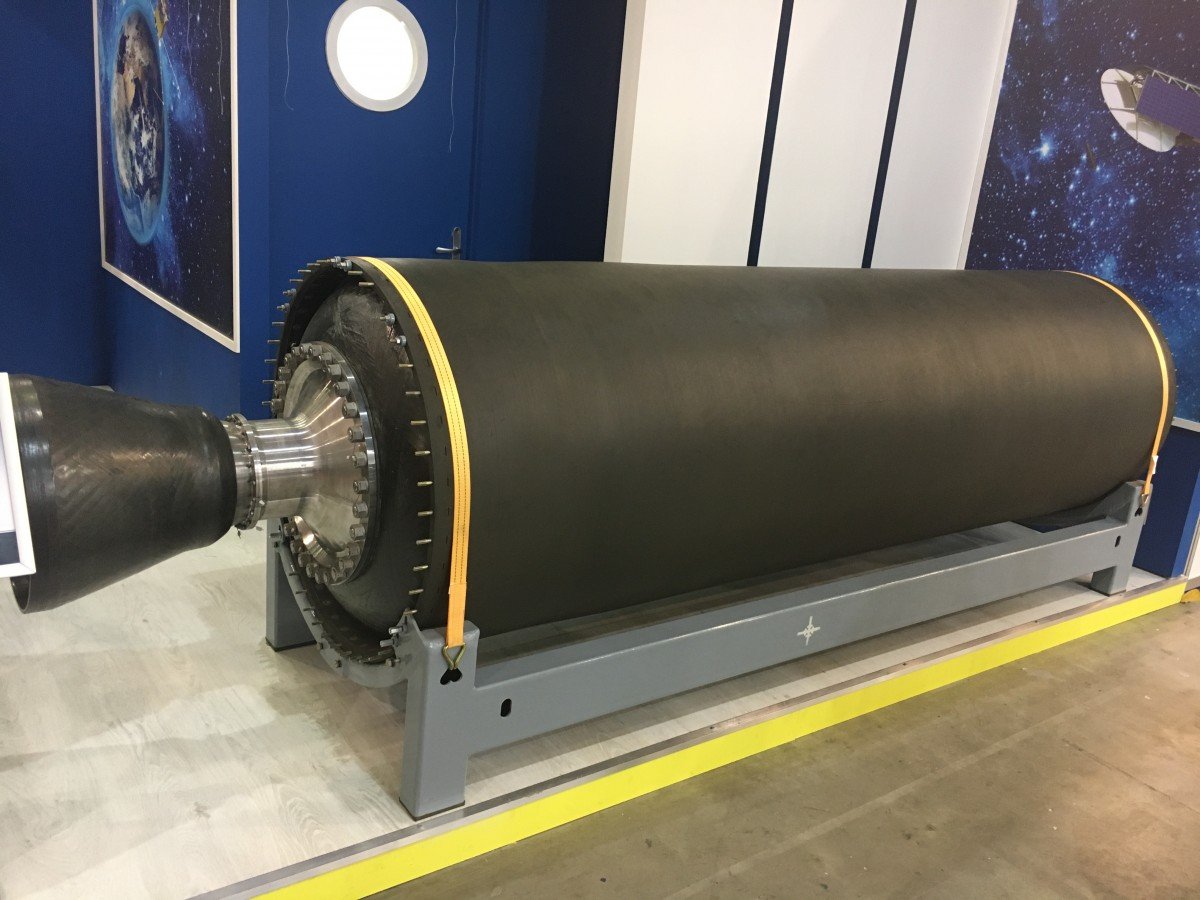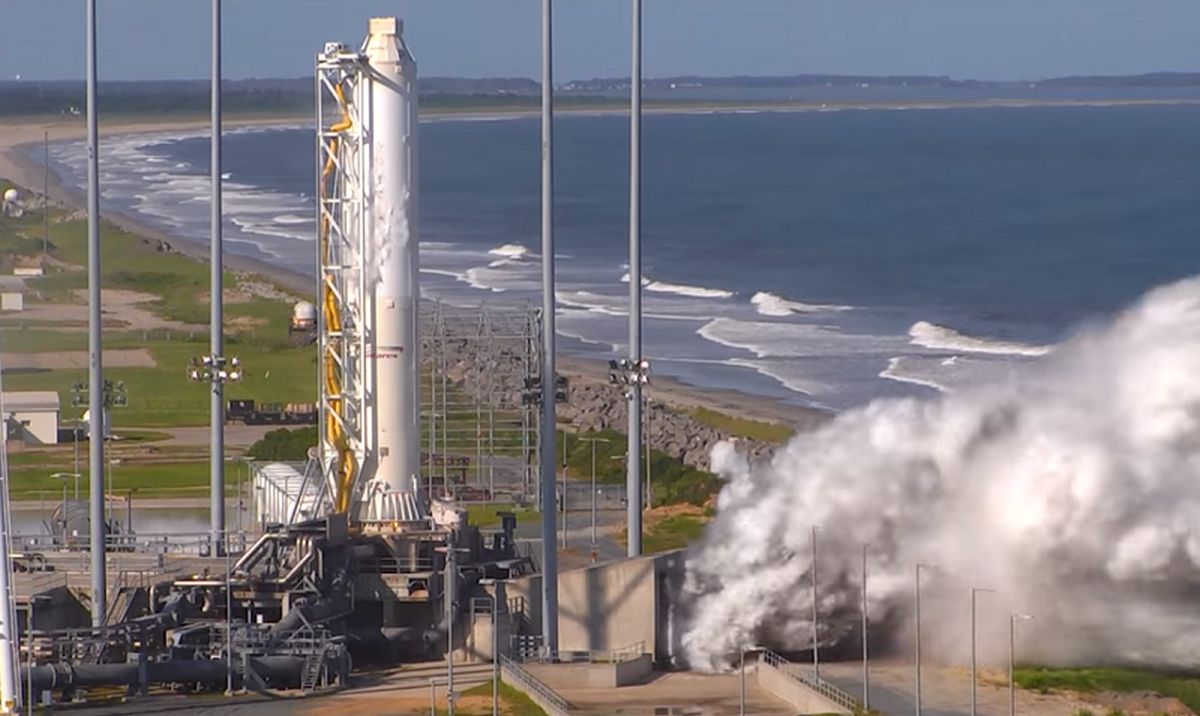
Ukrainian "Bolt" out of the blue
Ukraine has been successfully implementing its Missile Shield project, getting closer to possessing its own modern hi-end strategic missiles. UNIAN took a sneak peek into Ukraine’s latest developments in this area.
Having drawn conclusions following the two years of the Anti-Terrorist Operation in the east of Ukraine, and by acknowledging the Latin saying "If you want peace, prepare for war", the Ukrainian authorities instructed the defense industry to establish own production of modern high-tech weaponry. This is about the implementation of the Missile Shield to deter Russian aggression. It was in 2016 when a series of tests within the program were held in Ukraine.
"One of our strategic objectives is the revival of Ukraine's missile potential, capable of ensuring protection against aggression. The national military-industrial complex should fully meet the needs of the AFU in advanced missiles capable of hitting various ground, surface, and air targets: armored vehicles, aircraft, vessels, fortifications and manpower of the enemy, if necessary, dealing crushing blows at long distances," Secretary of the National Defense and Security Council Oleksandr Turchynov said last year, outlining priorities for the Ukrainian defense industry.
A year later, Turchynov expressed his satisfaction with the results of the program implementation. In a recent interview, he said: "Without this we will not be able to defend our country. And we see some serious results. Today, we have started to make Ukrainian missiles, all of the elements of which are produced in Ukraine. Few countries have such a full cycle of production."
And Ukraine can’t but share the mood of the NSDC secretary. Since the occupation of Crimea, and the start of the war in Donbas, all promises of Ukraine’s foreign partners to supply lethal aid have not been brought to life. After the 45th U.S. president takes over the White House, Ukraine won’t be actually expecting a radical change in this regard. In these circumstances, own production of missiles will come at hand for Ukraine.
Ukrainian "Alder"
Last year was a landmark for the main strike weapons of the Ukrainian army – MLRS Grad. A 122-mm Soviet-style system has undergone refurbishment and modernization in Ukraine, and now it is branded Verba [Willow].

After testing, the developers from Kharkiv’s Morozov Design Bureau reported that the new system recharges seven times faster, while its combat power outperforms its Soviet predecessor fifteenfold. At the moment, there exists only one prototype of Verba MLRS. There is no confirmed information on the prospects of its supply to the Ukrainian army.
This year, modernization of the most powerful representative of the MLRS family – Smerch – was completed. Its Ukrainian version was dubbed Olkha [Alder]. This weapon was much talked about by both President Poroshenko, the government, and MPs. In late August, a video of Olkha’s field test was published on social networks.
The experts also note the importance of the creation of such weapons for the Ukrainian army. According to Serhiy Zgurets, the director of information and consulting company Defence Express, Olkha allows having a substitution for the obsolete missile systems produced by the Soviet defense industry.
The range of the system in the closest perspective allows us to consider it as a substitute to Tochka tactical missile system. At the same time, its precision is much higher than that of Tochka,” says Zhurets.
Moreover, the expert says one of the features of the new missile is its control system that provides for trajectory adjustment to ensure effective engagement of targets.
It’s just that the developers are not eager to discuss their project. During an October arms expo in Kyiv, the representatives of Kyiv-based Luch Design Bureau, the main actor in this project development, declined to comment on their work.
"Hrom", the new deterrent
If we talk about previous models, despite them being important for the Ukrainian army, their capabilities are limited to frontline combat conditions.
At the same time, Ukraine needs other, more powerful weapons in case it needs to go for a preventive strike, able to terminate manpower, equipment, warehouses, airfields and other important targets in the territory of Ukraine’s adversary.

These are the tasks that can be performed by Ukraine’s new tactical ballistic missile system Hrom [Bolt, or Thunder]. According to the officials from Pavlohrad chemical plant, who are working on the system together with the Yuzhnoe Design Bureau team, the first tests will be conducted as early as next month.
According to company CEO Leonid Shiman, the creation of Hrom started right after the closure of a Sapsan missile system project in 2013 by the then-defense minister, Pavlo Levedev, who later in February 2014 issued an order to prohibit withdrawal of Ukrainian vessels from their bases in Crimea and fled to Russia.
Shiman noted that the company takes no public funds for designing a new missile system. Instead, it has been attracting credit resources. It has been no secret for quite a while that Sapsan project is being implemented with the involvement of foreign investors. According to the foreign media, the main investor is Saudi Arabia, which contributed some $40 million to the project.
Technically speaking, Hrom is capable of engaging ground targets within a 300-500 km range. To put it simply, launched from the Ukrainian border, the missile can hit the Russian capital, while targets in the ATO zone or bases in the occupied Crimea can be reached from Central Ukraine.
This is the kind of weapons Russia traditionally uses to intimidate its neighbors, which it loves doing. It’s about Iskander missile launchers. Early November, having deployed its Iskanders in Kaliningrad region, Russia escalated the situation in the Baltics significantly. Given the fact that these missiles are capable of engaging a number of European capitals – Berlin, Copenhagen, Stockholm, Warsaw, Vilnius, and Riga – the Swedish government’s statement that this fact is a “provocative signal policy, especially when it regards possible nuclear warheads” sounds quite reasonable.
Another weapon which is meant to strengthen Ukraine’s defenses should be a Korshun [Kite] cruise missile. The blueprint of this missile was showcased by Yuznoe Design Bureau numerous times. However, there is no reliable data at the moment regarding test launches. It is suggested that the missile will be less vulnerable to the enemy missile defense, at the same time carrying a 500kg warhead, just as Hrom.
![Korshun [Kite] cruise missile / Photo from UNIAN Korshun [Kite] cruise missile / Photo from UNIAN](https://images.unian.net/photos/2016_11/1478855218-9459--foto-unian.jpg)
No less important for Ukraine are weapons for coastal defense. This gap in our defenses could be covered by a Neptune missile. If we get to a sober assessment of the Ukrainian fleet, our warships can be counted with just one hand. Our Navy can’t possibly be a rival to Russia, whose naval bases in Crimea have been reinforced significantly since the occupation of the peninsula.
Rockets for peaceful space
There have also been some success stories in the Ukrainian rocketry. In late October, the U.S. saw a successful take-off of Antares rocket launcher, while Ukraine contributed to its construction. The Ukrainian media rejoiced amid reports that the rocket had a Ukrainian-made engine. In fact, Antares uses the Russian RD-181 engine, while Ukraine’s contribution is a construction of the rocket first stage.

Ahead of the rocket launch, Turchynov stressed in his interview that this was not the last success of Ukraine in rocket industry.
“Today we are restoring the country’s lost positions of a state in possession of modern missile/rocket technology,”he said. However, the actual state of affairs in Ukraine’s space sector is not so positive, Turchynov says.
For example, the draft state budget for 2017 sees cuts to the funding of space industry from UAH 3.4 billion we had in 2016 to UAH 2.9 billion. Besides, a lion’s share of this funding is being engulfed by projects that have been implemented – unsuccessfully – since 2000’s.
This is a Ukrainian-Brazilian joint project on Cyclon-4 rocket launcher, the project on the utilization of rocket fuel, Ukraine’s first telecom satellite Lybid, etc.
According to MP Andriy Teteruk (People’s front), who is the Rada’s representative in Ukraine’s State Space Agency, the country’s loss in the space industry over the period of independence amount to $1 billion.
“Last year, 100% of scheduled public funding for our space industry has actually been disbursed. This year, the funding was shortened to 10%… For the next year, only UAH 29 million has been allocated instead of 226 million. That is, Ukraine’s space industry is being destroyed today,” said Teteruk and, while showing the correspondent the scheme of the volumes of state aid to space industries worldwide, added: “Ukraine is not here. There’s Congo, Algeria… But no Ukraine.”
Vladyslav Shvets (UNIAN)

